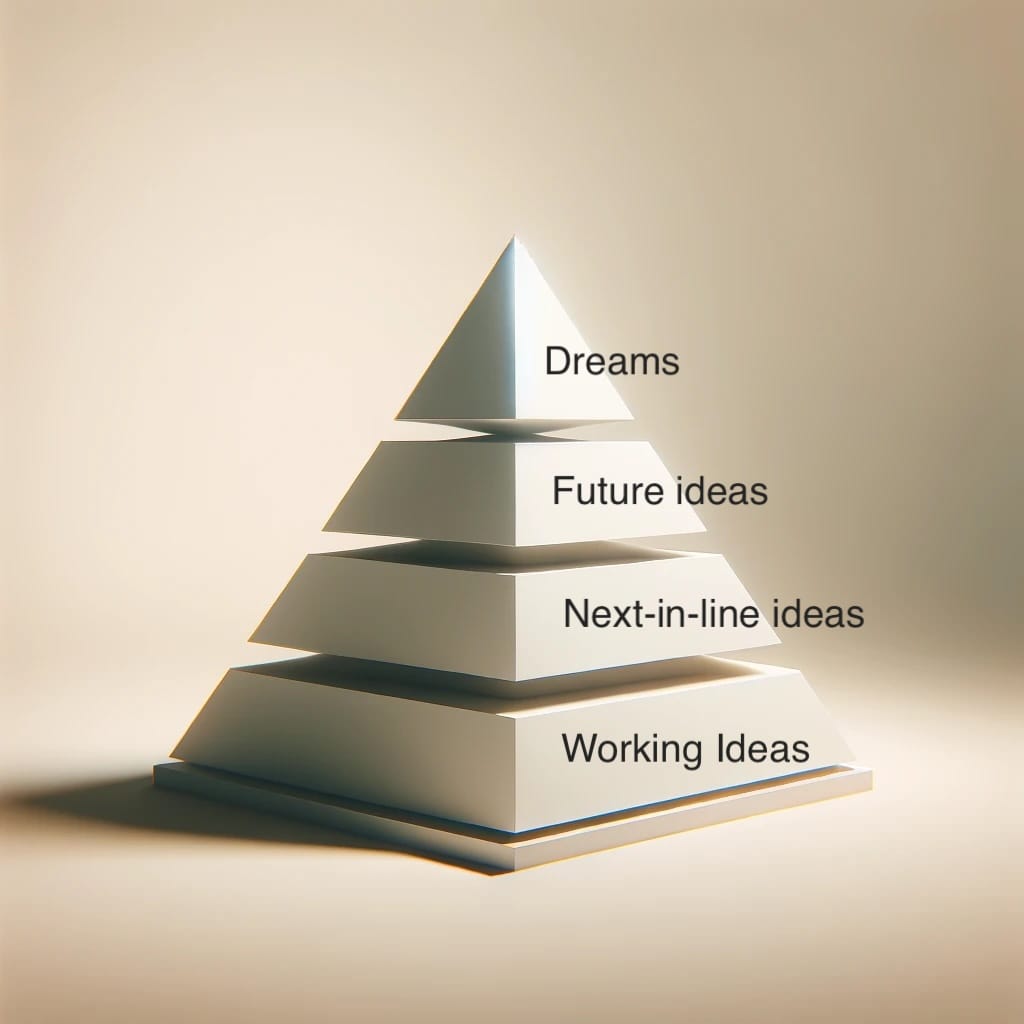Overthinking Founders & Diminishing Innovation

Thinking helps in creating chaos. Actions help in building order. As an entrepreneur/founder, if you want to grow your business, you need a balance of both.
A lot of CEOs are great thinkers. They think of wonderful business models and many of them implement them. However, the results can be either positive or negative. It is very hard to always get the right positive outcome.
As the business grows, CEOs have to continue making the right decisions, and the obligation to make the right decision goes up. People do not see the number of failures that happened in the early days of the startup.
Expectation builds up, mostly because of the founder's past history of getting things right and the capability to take risks goes down.
This leads to overthinking about a certain problem with the expectation that thinking more can lead to better decisions that are more likely to produce a positive outcome.
But in reality, overthinking only messes things up. When you think about the action steps to take, each new idea is built on the foundation of validated ideas which have proven themselves through results. You can build only one layer on top of the strong foundation at a time.
When you try to build something on top of assumptions, instead of validated results, you start building a weak structure that can collapse. You are just wasting time with your "thinking". Mental farts at best.
Let me illustrate with a diagram.

In the above diagram, the bottom most structure is what you have already built. Before building that, it would have gone through many iterations until you got it right.
Generally, no one sees that, and even the founders and CEOs who are building companies often forget that it was all chaos at some point in time.
Nothing new that is built is built with 100% conviction the first time. If there is something that can work like that then anyone can build a startup and make it successful in a very short time. And by default, such an opportunity will get overcrowded until it becomes meaningless to do it.
After a few iterations, once you have "got it", it is a temporary place to be in. You have to innovate on top of it, which needs iterations. The iterations might be less compared to your first layer of innovation, but needs iterations and experimentation nonetheless.
Building the higher layers now becomes challenging because you need to keep it within the boundaries of the first layer. Rebuilding the first layer is going for the pivot (which is less likely but cannot be completely ruled out, especially if new results destroy earlier assumptions).
As I mentioned before, there is a higher pressure to get the second layer right because of the precedence that has been set with the first layer of innovation. There are expectations from the founder/CEO. There is more pressure to get it right and the team, the investors and the market expect them not to fail.
This is where the problem starts happening. Instead of just going ahead and taking action on the ideas, the founders start to overthink. They get a false sense of a lack of time (which was not there when they were building something for the first time) and the overthinking leads to trying out different permutations and combinations in their own mind.
That's when founders start building something for the future on top of yet-to-be-validated ideas. Ideas on top of ideas are dangerous because even small cracks in the objective truth of a specific layer can make the whole structure unstable and useless. That's just a waste of time even though the whole exercise was done to save time.
I catch myself doing this all the time. It usually goes like this:
- Hey, we have come this far in 2 years, amazing, we are unstoppable.
- Now it is time to 10x the business, let's launch Product B and Product C.
- (Forget that it took 10 iterations to get Product A right)
- Let's build Product B (assume that it will work exactly as expected because we killed it with Product A, we are now an awesome team, and we have the Midas touch).
- Spend so much time thinking about Products C, D, and E. Even before product B takes a good shape and proves itself.
- Do an emotional estimation of how much the business can scale (expecting products B, C, D, and so on to automatically work as expected with the first iteration).
- Have a backlash with the first iteration of Product B. Reality check.
- Stop thinking about the future and just focus on getting Product B - right, no matter how many iterations it takes.
- Get it right, then look to build Product C on top of it. Until then shut the F up and work. Make Product A even better while you are at it.
If a couple has a girl child, does that increase the probability of the second child being a boy? Probably not. Because the second child still has a 50/50 chance of being a boy or a girl.
Getting something right the first time doesn't mean that you are more likely to get it right the second time.
Though you might fall inside the cohort of people who got it right the first time. Yes, getting it right the second time can be only done by the cohort of people who got it right the first time, but you are still going for 0 to 1, even in your 10th layer of building your business.
Iterate, innovate and take action. Stop thinking.
Cheers,
Deepak Kanakaraju